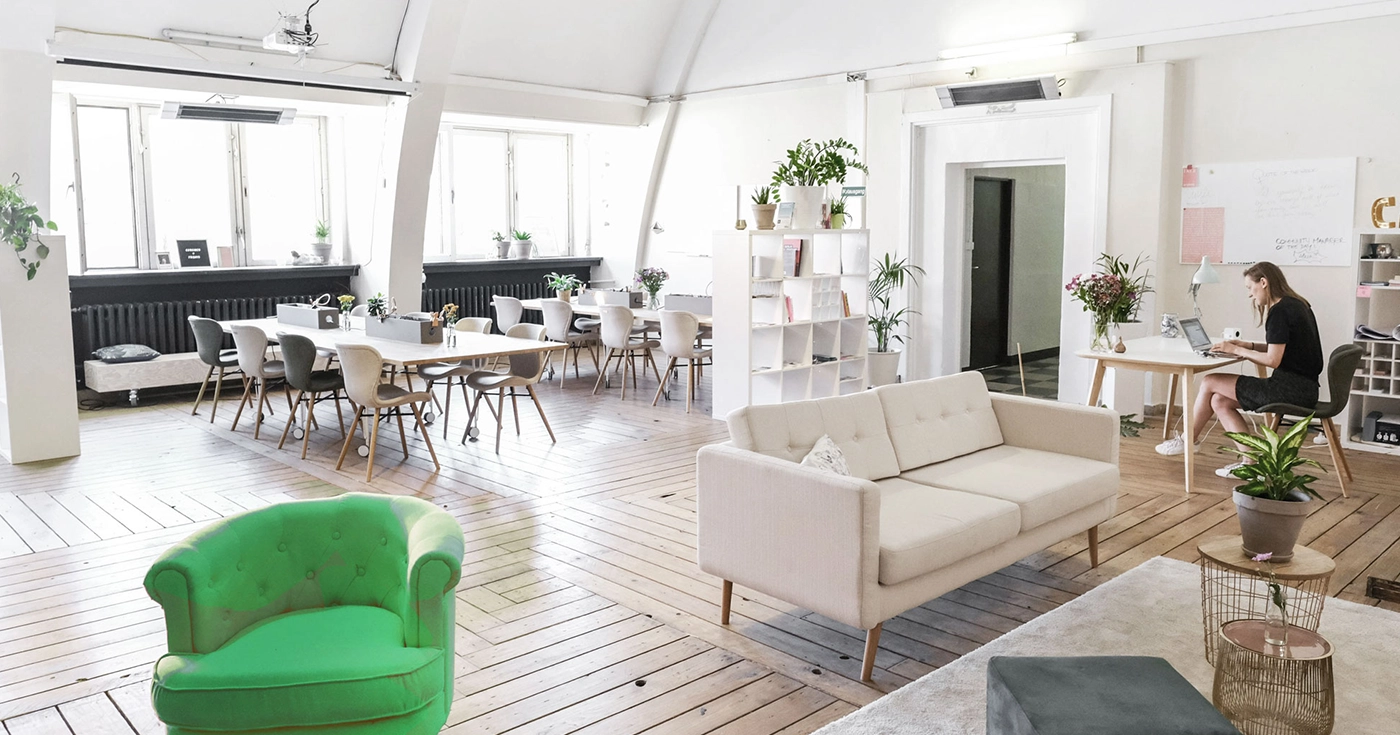
The living sector drives real estate investment
Last Updated on 5 June 2024 by Equipo Urbanitae
“The residential market of yesterday is today’s living sector,” says Javier Kindelan, Vice President & Head of Living CBRE Spain. The living sector refers to all types of housing, from flex living to senior residences. Given the housing needs in Spain, it is no surprise that the living sector is driving real estate investment in 2024.
What is the living sector?
As defined by CBRE, the living sector includes all real estate sectors that are part of the life cycle of individuals (land, residential sales, residential rentals, student housing, flex living, and senior living). It is a sector aimed at providing “housing solutions” or homes of different types depending on each person’s life stage.
This sector registered an investment volume of nearly 400 million euros in the first quarter, 18% of the total in Spain. Although this figure is 68% lower than the same period last year, CBRE remains confident that 2024 will be a good year for the living sector. According to their 2024 European Investor Intentions Survey, Spain is expected to be one of the main destinations for investment in this segment at the European level.
In our country, the current imbalance between housing demand and available supply has caused price tensions that even interest rates have not managed to curb. In fact, the price of second-hand housing is already at 2007 levels, after rising more than 7% year-on-year in May, according to Idealista. And while new housing prices fell between the third and last quarters of 2023, they are 7.5% higher than at the end of 2022.
The reasons are well known. On the one hand, the lack of developable land constrains the development of new housing. At the same time, the rate of household formation far exceeds that of construction, a problem that, according to some experts, could be exacerbated by immigration. The need to provide housing solutions is, therefore, clear, and real estate investment is moving in that direction.
Living sector: the bank’s preferred sector
In its CBRE Living Trends report, the consultancy firm notes that the living sector is the asset class with the highest appetite from banks, even for its more alternative products. At Urbanitae, we are very aware of the need for this financing. In fact, in most of our projects, we provide complementary financing alongside that of banks. Between January and May, we have financed over 55 million euros, bringing more than 700 new homes into use.
One of the segments with the most potential is rental housing, whether as build-to-rent (BTR) or as PRS (future build-to-rent housing and existing rental housing). The involvement of public administrations and the interest of institutional capital are behind a boom in BTR, which will provide 34,000 new homes in Spain by 2026. There is a clear trend towards renting, but the lack of supply here also pressures prices: they rose by no less than 13.4% year-on-year in May.
Flex living and senior living: future investments
In addition to classic residential housing, sub-sectors like flex living are set to gain more prominence in the coming months. This segment, which offers a home to young professionals but with hotel-like services, added more than 2,000 beds in fully professionalized buildings in 2023. According to CBRE, the stock has quadrupled since 2020 and is expected to double by 2026.
In the final stage of life, housing needs change. Under the general term of senior living, housing solutions for those over 65 with full autonomy constitute the other major trend for 2024. The aging population and the lack of beds –3,200 operational units and those in the pipeline, according to CBRE– make this sector one of the highest potentials. This is also due to the influx of foreign seniors coming to Spain for retirement –which grew by 10% last year–.
For all these reasons, investment in the living sector in Spain presents a horizon full of opportunities. With sustained demand, stable income, and unique diversification, this sector is consolidating as a preferred option for real estate investors. By focusing on emerging trends such as co-living, student residences, and sustainability, investors can capitalize on the growth and changing dynamics of the residential market in Spain.

